When it comes to hoses, understanding the differences between a water hose and an air hose is crucial for ensuring optimal performance in various applications. While both types of hoses serve the purpose of transporting fluids, they are designed for different mediums and conditions. Choosing the right hose can significantly impact efficiency, safety, and the longevity of your equipment. In this article, we will explore the key differences between water hoses and air hoses, helping you make informed decisions for your specific needs.
Table of Contents
ToggleWhat is a Water Hose?
A water hose is a flexible tube designed specifically for transporting water. These hoses are typically made from materials such as rubber, PVC, or reinforced vinyl, which allow them to withstand the pressure of water flow while remaining flexible enough for easy handling.
Common Applications of Water Hoses
Water hoses are widely used in various applications, including:
- Gardening and Landscaping: Water hoses are essential for watering plants, lawns, and gardens. They come in various lengths and diameters to suit different needs.
- Construction: In construction sites, water hoses are used for dust suppression, cleaning equipment, and supplying water for mixing concrete.
- Industrial Use: Many industries utilize water hoses for cooling processes, cleaning machinery, and transporting water for various operational needs.
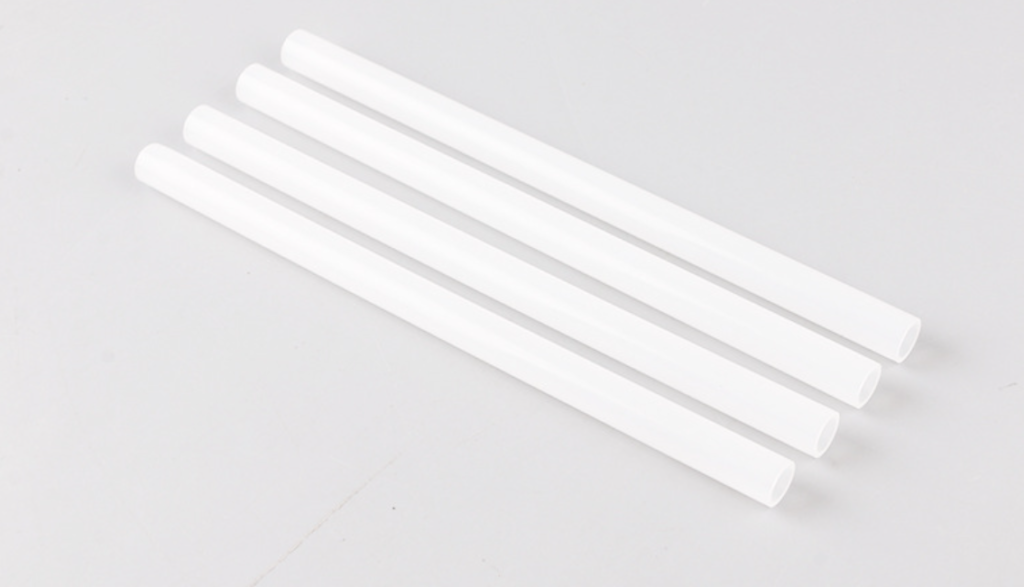
What is an Air Hose?
An air hose is specifically designed to transport compressed air. These hoses are often made from materials like polyurethane, nylon, or rubber, which can handle the higher pressures associated with pneumatic systems.
Common Applications of Air Hoses
Air hoses are commonly used in various applications, including:
- Pneumatic Tools: Air hoses are essential for powering pneumatic tools such as nail guns, impact wrenches, and spray guns, making them indispensable in construction, manufacturing, and automotive repair industries.
- Air Compressors: They connect air compressors to tools and equipment, allowing for efficient operation in various settings.
- Automotive Applications: Air hoses are used in automotive repair shops for tire inflation, airbrushing, and other pneumatic applications.
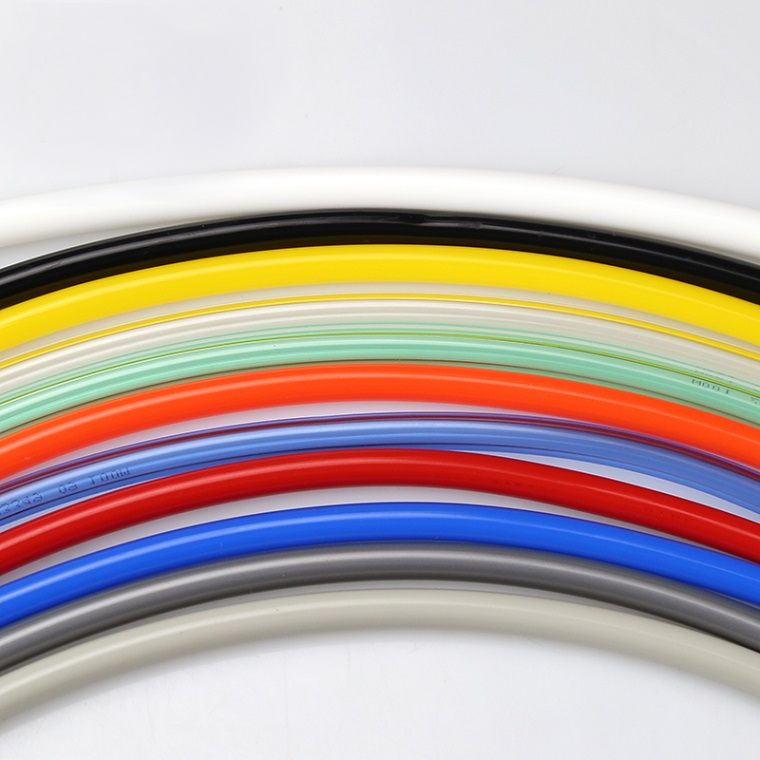
What Are the Key Differences Between Water Hoses and Air Hoses?
Pressure Ratings
One of the most significant differences between water hoses and air hoses is their pressure ratings. Air hoses are designed to handle much higher pressures than water hoses. A typical water hose may have a pressure rating of around 50-100 PSI, while air hoses can often withstand pressures of 150 PSI or more. This difference is crucial because using a water hose for air applications can lead to catastrophic failures, including hose bursts and potential injuries.
Material Composition
The materials used in the construction of these hoses also differ significantly. Water hoses are often made from rubber or PVC, which are suitable for handling water but may not withstand the high pressures and potential abrasiveness of compressed air. In contrast, air hoses are constructed from materials like polyurethane or nylon, which provide greater flexibility and durability under pressure. These materials are also designed to resist abrasion and wear, ensuring a longer lifespan in demanding environments.
Temperature Resistance
Temperature resistance is another critical factor. Water hoses are generally designed to handle temperatures ranging from freezing to around 150°F. Air hoses, however, can often withstand a broader range of temperatures, making them suitable for various environments, including those with extreme heat or cold. This capability is essential for applications where temperature fluctuations are common, such as in outdoor construction sites or automotive repair shops.
Fittings and Connections
The fittings and connections used for water hoses and air hoses also differ. Water hoses typically use standard garden hose fittings, which are designed for low-pressure applications. In contrast, air hoses often require specialized fittings that can handle higher pressures and provide secure connections to pneumatic tools. These fittings are designed to prevent leaks and ensure safe operation, making it essential to use the correct fittings for each type of hose.
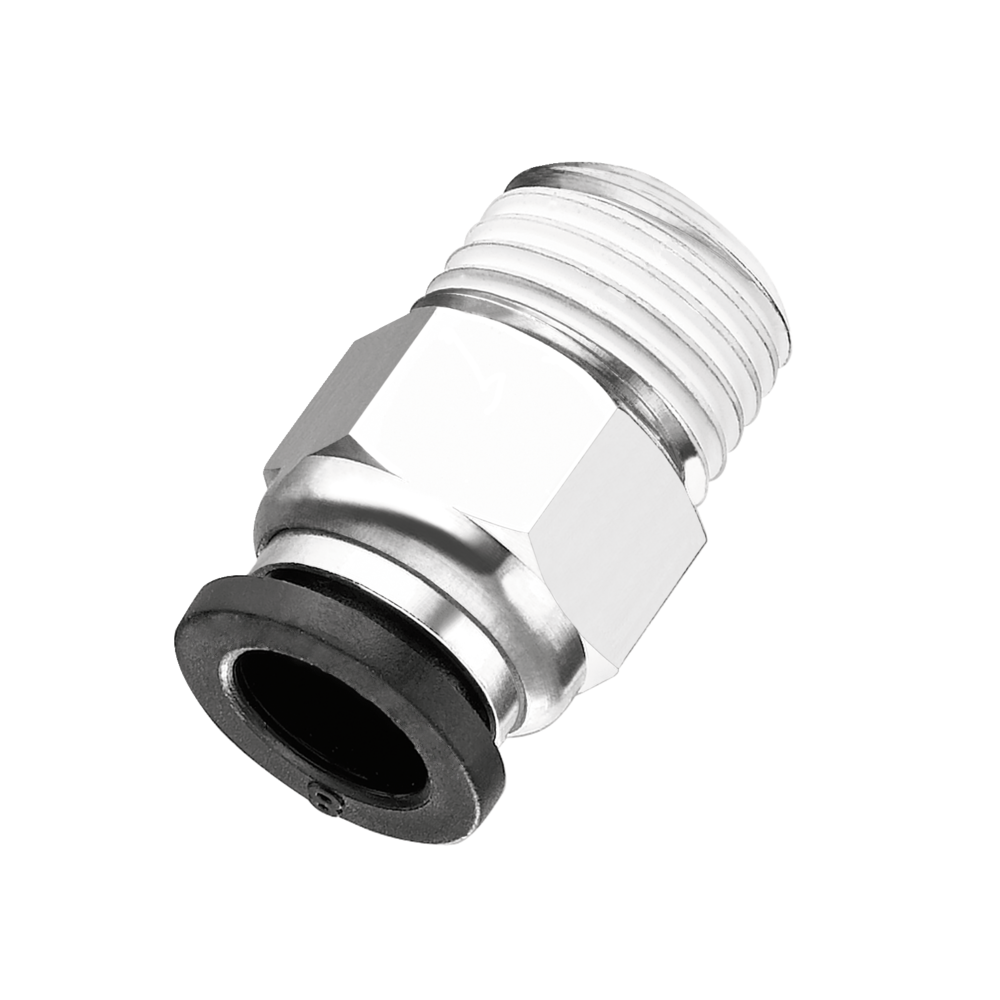
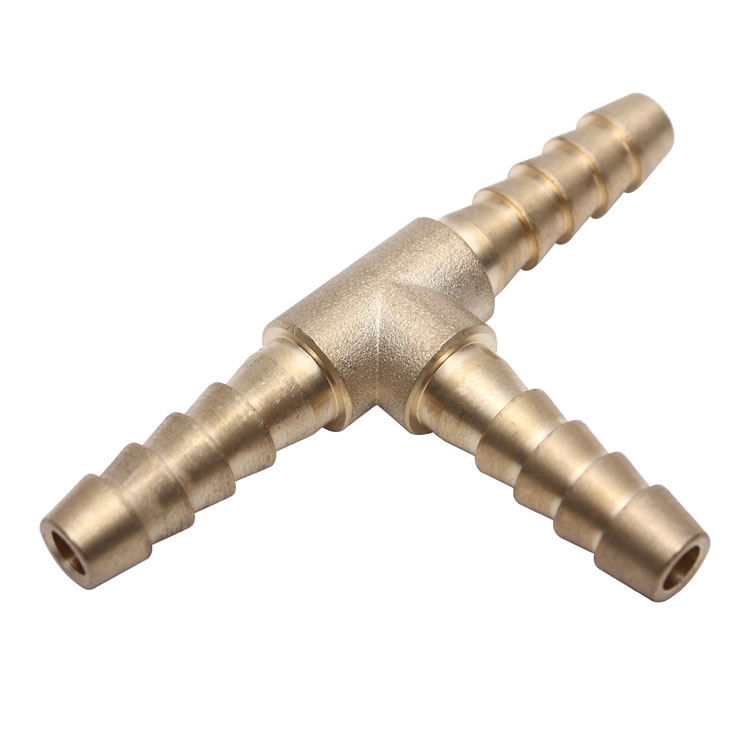
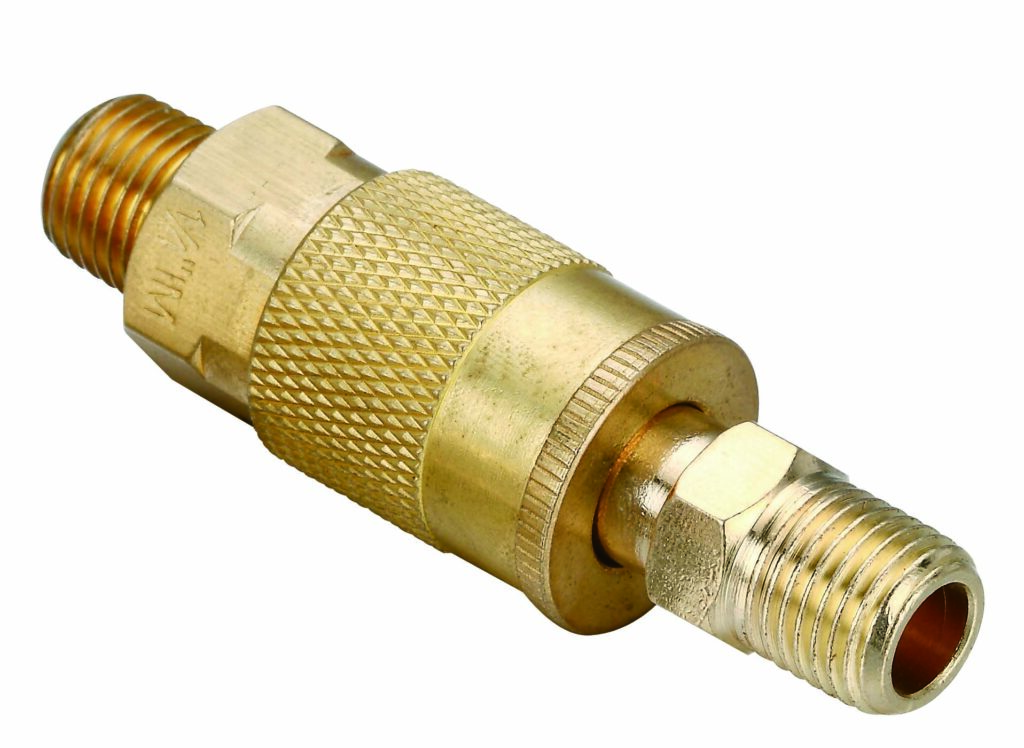
How to Choose the Right Hose for Your Application?
Selecting the right hose for your application involves several considerations:
- Application Requirements: Assess the specific needs of your task. Are you transporting water for irrigation, or are you powering pneumatic tools? Understanding the requirements will guide your choice.
- Environmental Conditions: Consider the environment in which the hose will be used. If you expect exposure to extreme temperatures or chemicals, choose a hose designed to withstand those conditions.
- Compatibility with Tools and Equipment: Ensure that the hose you select is compatible with the tools and equipment you plan to use. This includes checking the pressure ratings and fitting types.
- Length and Diameter: The length and diameter of the hose are also important factors. A longer hose may lead to pressure drops, while a hose with a diameter that is too small can restrict flow. Choose a hose that meets the specific flow requirements of your application.
What Are the Common Misconceptions About Water Hoses and Air Hoses?
One common misconception is that water hoses and air hoses can be used interchangeably. This is a dangerous assumption. Using a water hose for air applications can lead to hose failure, resulting in potential injuries or damage to equipment. It’s essential to use the correct hose for its intended purpose to ensure safety and efficiency.
Maintenance Tips for Water Hoses and Air Hoses
Proper maintenance is key to extending the life of both water hoses and air hoses. Here are some best practices:
- Regular Inspections: Check hoses for signs of wear, cracks, or leaks. Addressing these issues early can prevent more significant problems down the line.
- Proper Storage: Store hoses in a cool, dry place away from direct sunlight. This helps prevent degradation of the materials.
- Avoid Kinks and Twists: When using hoses, avoid kinks and twists that can restrict flow and lead to damage.
- Clean After Use: For water hoses, ensure they are drained and cleaned after use to prevent mold and mildew. For air hoses, check for moisture buildup and drain any accumulated water.
Conclusion
In summary, understanding the differences between water hoses and air hoses is essential for anyone involved in applications that require fluid transport. While both hoses serve vital functions, they are designed for different mediums and conditions. By considering factors such as pressure ratings, material composition, temperature resistance, and application requirements, you can make informed decisions that enhance efficiency and safety in your operations.

